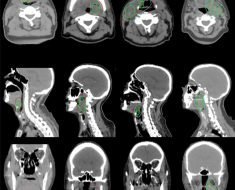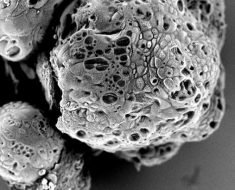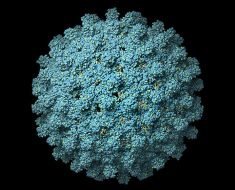
Primary care physicians trained in dermatoscopy can improve odds for early detection of melanoma while reducing the need for invasive biopsies, according to a study in The Journal of the American Osteopathic Association.
Researchers say non-dermatologist physicians can make earlier and more accurate diagnoses of melanomas using a dermatoscope. This would be particularly beneficial for patients who lack access to dermatologists, the authors noted, because primary care physicians typically biopsy suspicious spots or refer patients to a specialist.
“The training is available in different formats and physicians can hone their skills quickly with regular practice,” says Natalia Jaimes, MD, a dermatologist and lead author on this study. “The best way to improve proficiency is by incorporating thorough skin exams in patients’ annual checkups.”
Melanoma is the fifth most common cancer in the U.S. and kills more than 9,000 people each year. Dr. Jaimes says that number could be significantly lowered with more widespread early detection in communities without access to specialized care.
“If detect early, Melanoma is a highly treatable disease, yet so many people die from it,” she says. “The good news is the solution is relatively inexpensive.”
Dermatoscopes are inexpensive instruments, costing as little as $500, that provide ×10 magnification and illuminate the skin in a manner that minimizes light re?ection off the skin surface. Researchers say diagnosis of specific melanomas using a dermatoscope is four times more accurate than when done with an unaided eye.
Adequate training on dermatoscopy is available in a one- or two-day course but can be as minimal as a 12-hour online program. Physicians who cannot accurately differentiate benign nevi from a malignant melanoma must rely on biopsies to make the diagnosis. Having more physicians trained in dermatoscopy would reduce the costs associated with those medical procedures as well as patient discomfort.
Source: Read Full Article





